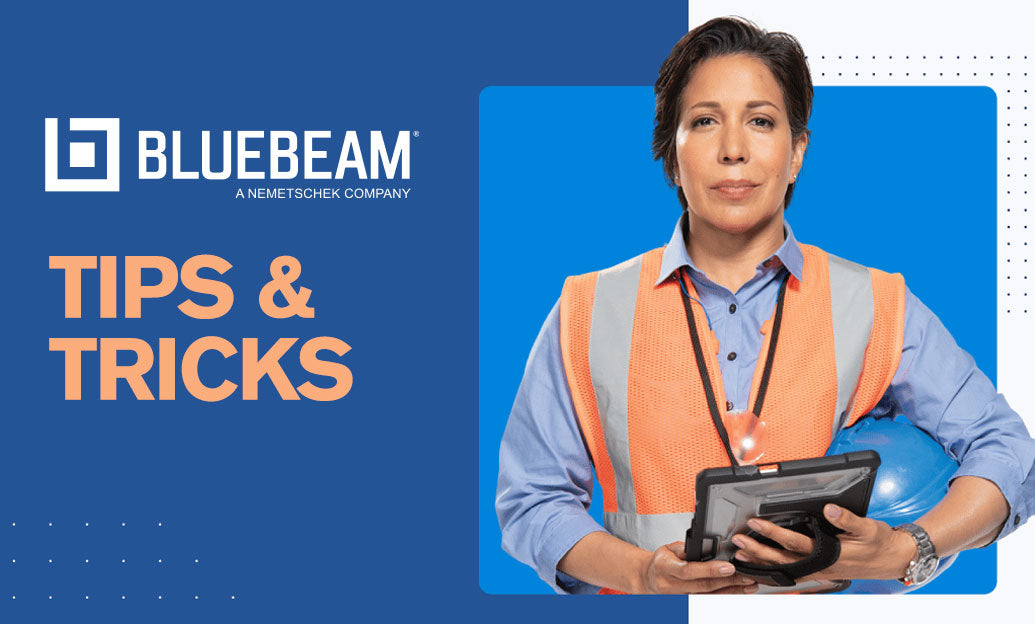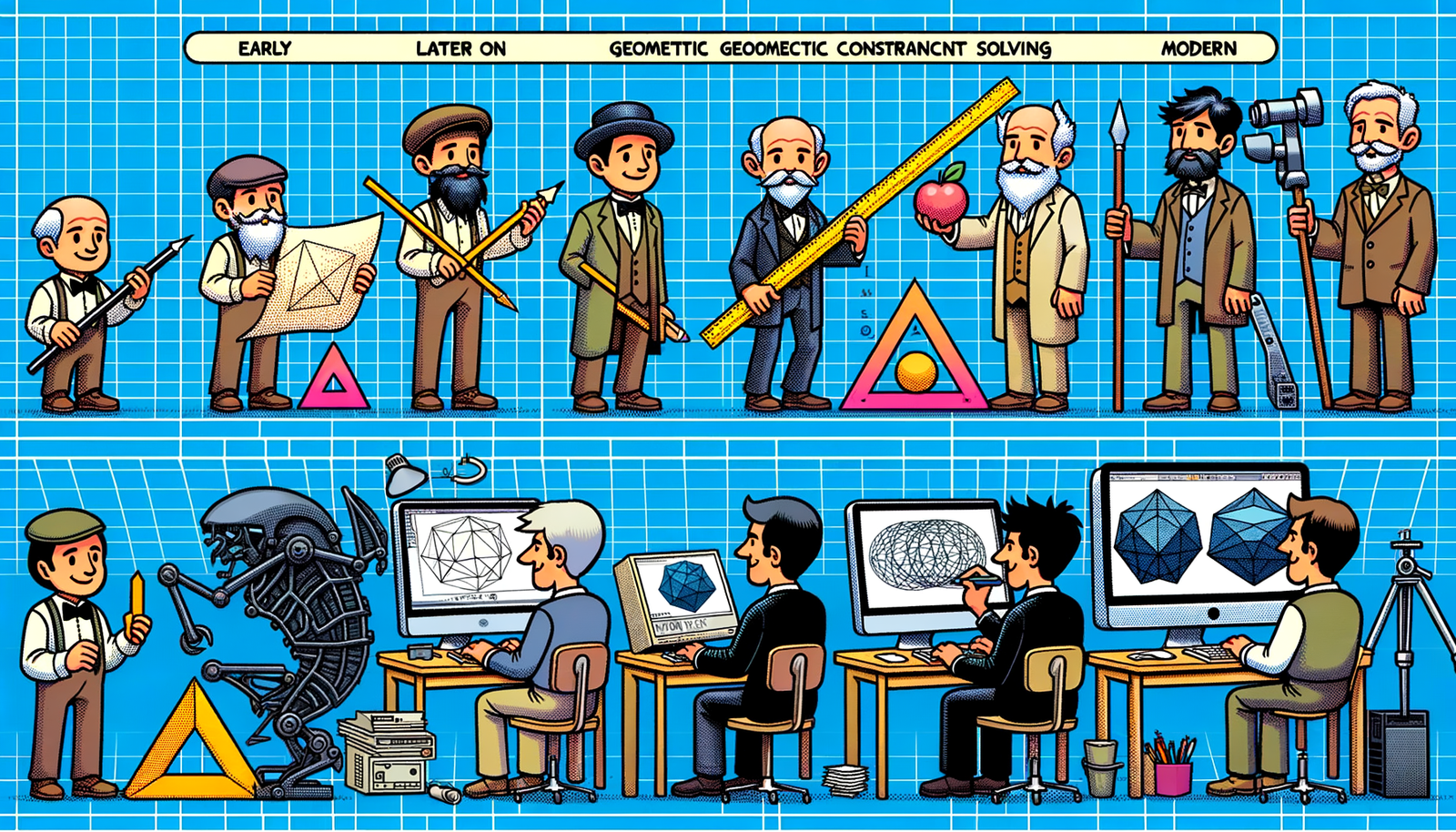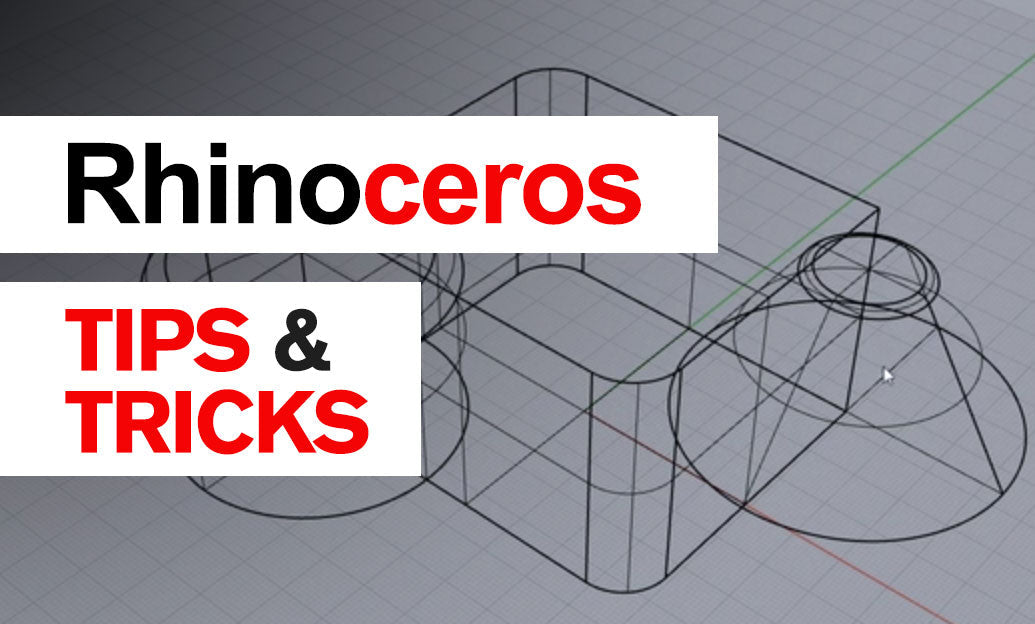Your Cart is Empty
Customer Testimonials
-
"Great customer service. The folks at Novedge were super helpful in navigating a somewhat complicated order including software upgrades and serial numbers in various stages of inactivity. They were friendly and helpful throughout the process.."
Ruben Ruckmark
"Quick & very helpful. We have been using Novedge for years and are very happy with their quick service when we need to make a purchase and excellent support resolving any issues."
Will Woodson
"Scott is the best. He reminds me about subscriptions dates, guides me in the correct direction for updates. He always responds promptly to me. He is literally the reason I continue to work with Novedge and will do so in the future."
Edward Mchugh
"Calvin Lok is “the man”. After my purchase of Sketchup 2021, he called me and provided step-by-step instructions to ease me through difficulties I was having with the setup of my new software."
Mike Borzage
V-Ray Tip: Accelerate V-Ray Render Times with Efficient Use of Render Masks
March 14, 2024 2 min read

V-Ray is a powerful rendering engine that professionals across the architectural and design industries use to create stunning visuals. Today's tip focuses on a lesser-known feature that can significantly speed up your render times: Render Masks. Here's how to use Render Masks in V-Ray effectively:
- Understanding Render Masks: Render Masks allow you to limit the render process to specific areas of your scene. This is incredibly useful when you need to fine-tune a particular section without re-rendering the entire image, saving you valuable time and resources.
- Types of Render Masks: V-Ray offers different types of Render Masks, such as Texture, Object, and Draw masks. Choose the one that best fits your needs; for instance, a Texture mask is useful for surface-specific adjustments, while an Object mask targets specific scene elements.
- Applying a Render Mask: You can apply a Render Mask in the V-Ray frame buffer or via the Render Settings. To use a Draw mask, simply use the brush tool in the V-Ray frame buffer to paint over the areas you want to render.
- Combining with Region Rendering: For precise control, combine Render Masks with V-Ray's Region Rendering feature. This allows you to render a portion of your scene as defined by the mask, rather than a manually selected area.
- Updating Render Elements: When using Render Masks, remember that your Render Elements may need updating too. Make sure that they correspond to the masked regions to maintain consistency across your post-production pipeline.
- Integration with Post-Production: Render Masks can be exported for use in post-production software. This enables you to apply specific effects or adjustments to the isolated parts of your render without affecting the whole image.
- Performance Considerations: While Render Masks can save time, they can also lead to increased noise in the masked areas. To counteract this, consider adjusting your sampling settings or denoising options for the best results.
Remember, efficient rendering is not just about raw computing power; it's also about smart strategies that leverage the capabilities of your software. Utilize Render Masks to focus your rendering power where it's needed most, and enjoy the benefits of a faster, more targeted workflow.
For those looking to expand their V-Ray expertise, consider visiting NOVEDGE, which offers a wide array of software and plugins that can help enhance your rendering projects.
Refining your workflow with techniques like Render Masks is just one way to unlock the full potential of V-Ray in your daily tasks. Stay tuned for more tips and tricks that will help you work smarter, not harder, in the world of 3D rendering.
You can find all the V-Ray products on the NOVEDGE web site at this page.
Also in Design News

Bluebeam Tip: Maximize PDF Security and Efficiency with Bluebeam Revu's Flatten Tool
December 02, 2024 1 min read
Read More
Design Software History: Evolution and Impact of Geometric Constraint Solving in CAD History
December 02, 2024 2 min read
Read More
Rhino 3D Tip: Enhancing Scale Modeling Accuracy in Rhino 3D: Essential Tips for Designers and Engineers
December 02, 2024 2 min read
Read MoreSubscribe
Sign up to get the latest on sales, new releases and more …


